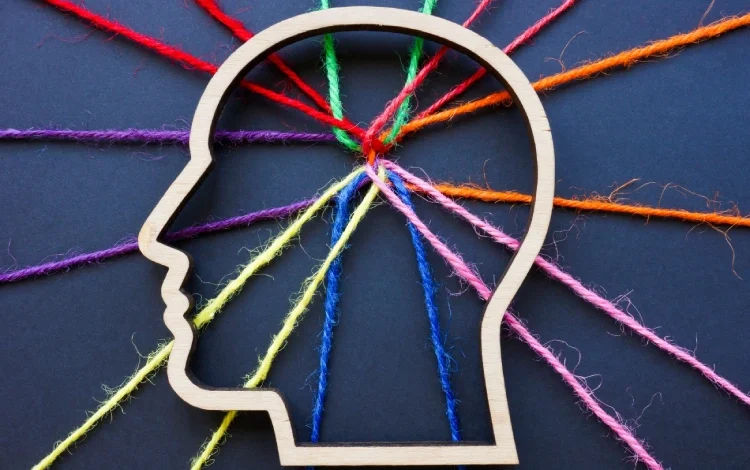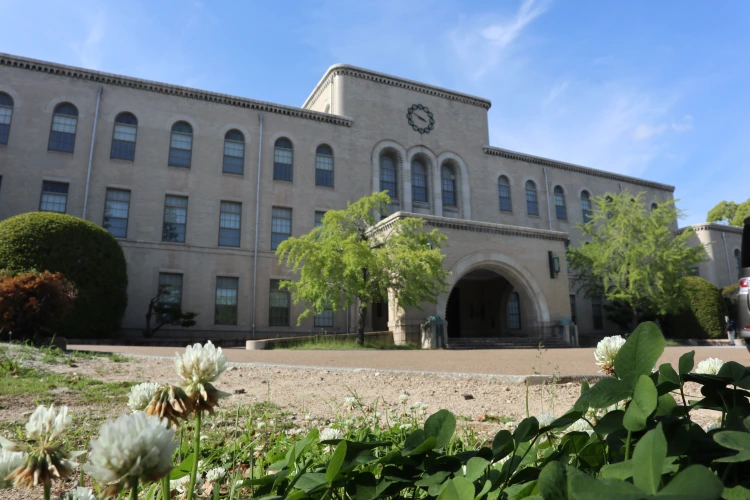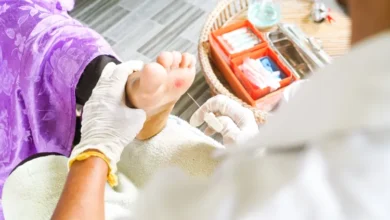Mouse Stem Cell Models Reveal a Surprising Link Between Faulty Protein Control and Autism Traits
A Standardized Library of Genetically Edited Mouse Stem Cells Is Helping Scientists Decode Autism and Related Brain Disorders

A new autism research resource developed in Japan may help explain a long-standing mystery in autism research. Scientists at Kobe University have created 63 genetically edited mouse stem cell lines that mimic key autism-related genetic mutations. What they found while analyzing these models is unexpected. Many of the neurons developed from these stem cells struggle to perform a basic but vital task—clearing out defective proteins.
This failure in cellular housekeeping, researchers say, could be more than a side effect. It might be a core issue in the development of autism and possibly other brain-related disorders such as schizophrenia.
The Search for a Consistent Model

Autism spectrum disorder is known to be influenced by genetics, but the range of mutations linked to the condition has made it difficult to study. Each variation may affect a different biological pathway, making it challenging to find patterns.
In an effort to make sense of autism’s genetic complexity, neuroscientist Takumi Toru and his team dedicated over ten years to developing a uniform research system.
They turned to mouse embryonic stem cells—versatile cells capable of transforming into virtually any cell type—to build a foundation for studying autism-linked mutations in a controlled and repeatable way.
By combining this flexibility with CRISPR gene editing, the team created 63 lines of stem cells—each carrying one of the autism-linked genetic changes found in human studies.
These stem cells can be turned into neurons or even grown into mice, allowing researchers to study how each mutation plays out in brain development and behavior.
A Closer Look at Neuronal Behavior
To test the new models, the researchers grew neurons from 12 of the 63 cell lines and studied their genetic activity in detail. One pattern stood out. A number of the neurons had unusually low levels of a gene called Upf3b, which helps identify and eliminate misshapen or excess proteins.
Protein production in neurons is a high-stakes process. These cells make proteins locally in their extensions and connections, not just in the cell body. This allows them to respond quickly, but it also means that any quality control failure could cause local dysfunction.
“When we looked at the data, it was clear that something was wrong with the way these neurons were managing their proteins,” said a researcher from the Kobe team. “The same types of problems appeared again and again across different genetic models.”
Shared Features Across Brain Disorders
The finding may not be limited to autism. Many of the genetic mutations studied in the Kobe models are also associated with conditions like bipolar disorder and schizophrenia. These disorders share some symptoms with autism, such as difficulties with communication or sensory processing, though they differ in onset and severity.
If a common failure in protein regulation is involved in all three, it could point to a broader mechanism that affects how the brain develops and maintains its functions.
This idea is supported by previous findings from other research teams, which have noticed similar problems in protein handling in postmortem brain tissue from people with psychiatric disorders. But until now, there has not been a controlled way to study these issues across multiple mutations in a single system.
From Cell Lines to Practical Research
The 63 mouse stem cell lines developed by the Kobe team are now available for other researchers to use. This means scientists working in drug development or brain imaging can begin testing whether interventions that improve protein quality control also reduce traits associated with autism.
In one experiment at Kobe, researchers grew full adult mice from the engineered cells. Some showed repetitive behavior patterns, such as touching their whiskers to the same spot in their enclosure over and over again. Follow-up analysis of their neurons showed a buildup of malformed proteins, suggesting a possible connection between this microscopic dysfunction and outward behavior.
The hope is that focusing on these shared cellular weaknesses may help simplify autism research by highlighting common vulnerabilities, rather than trying to track the effects of every individual mutation.
Takumi and his team are careful to note that this approach does not explain all aspects of autism, which remains a complex and highly variable condition. But identifying a failure in protein cleanup as a repeatable feature is a step toward understanding what makes the condition appear across different people with different genetic backgrounds.
Looking Ahead
This work marks a shift in autism research from tracking genes individually to understanding the cellular systems they affect. If future studies confirm that protein regulation is a weak point in early brain development, then therapies could be designed to target this process—potentially offering a new approach for early intervention.
For now, the Kobe stem cell bank stands as a shared platform for scientists worldwide to explore the biology of autism and related disorders using a consistent and flexible set of tools.
[Source]








